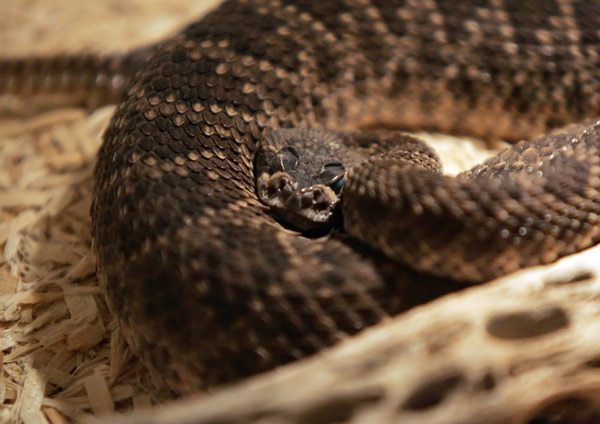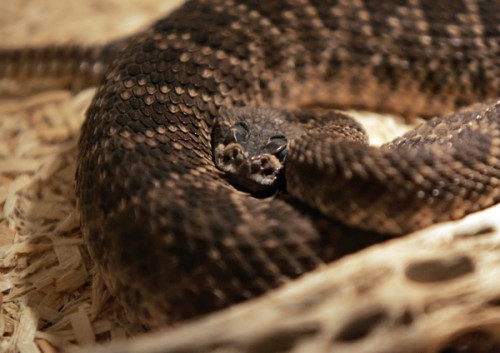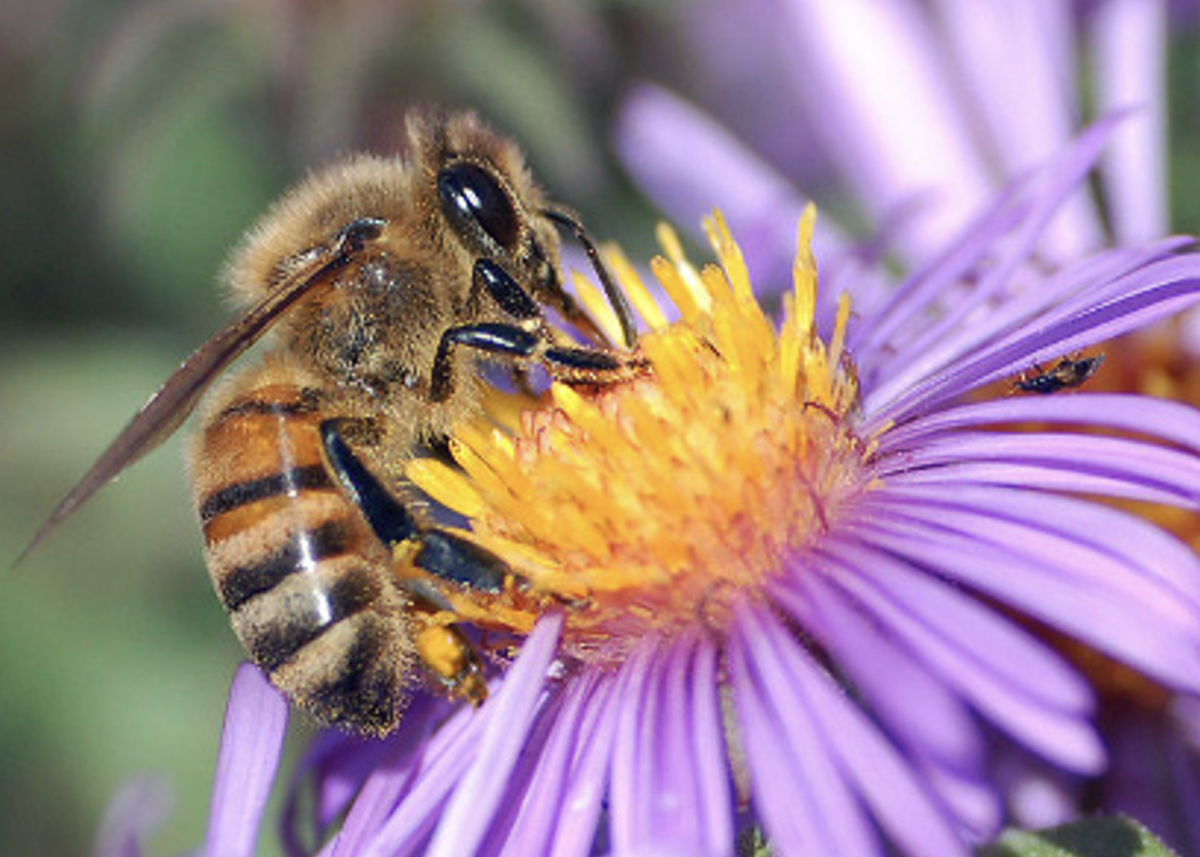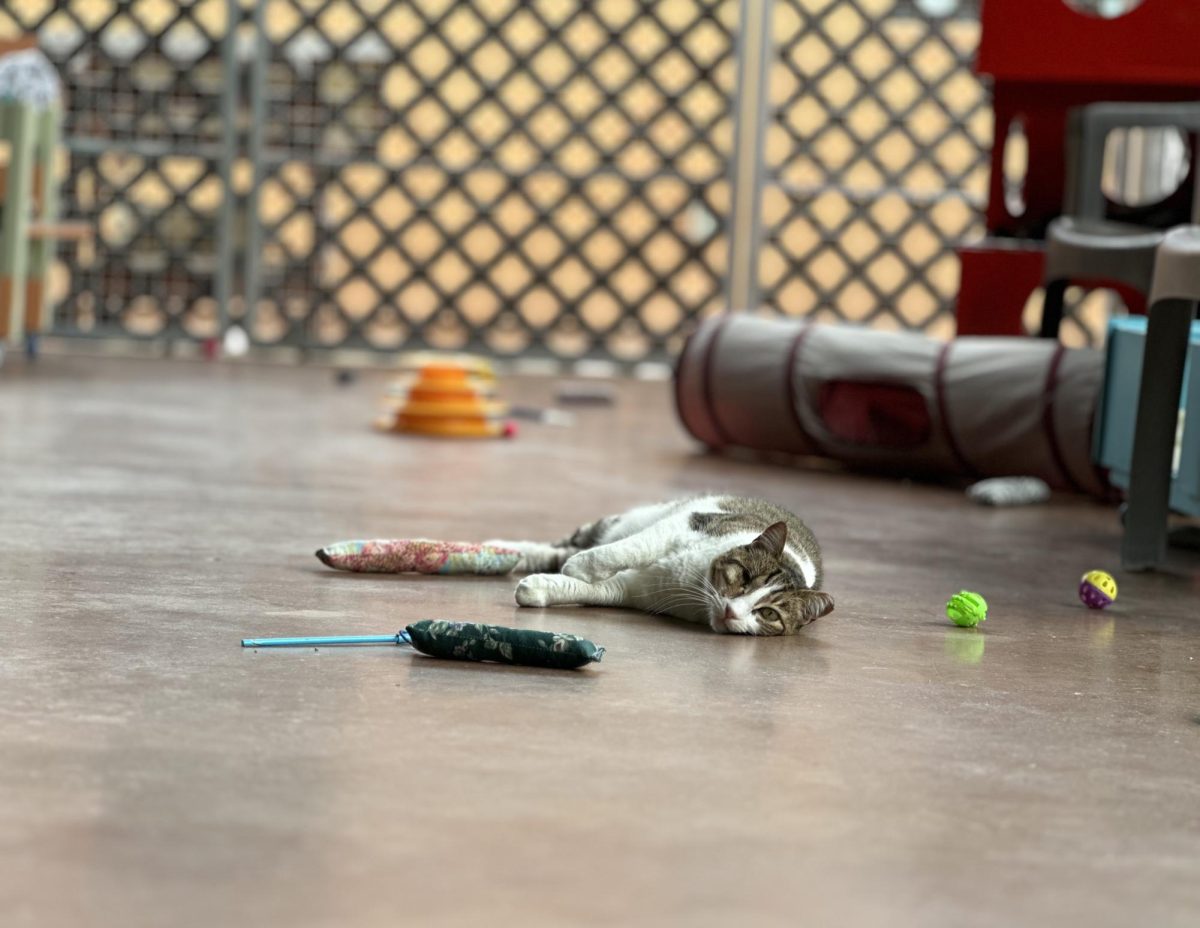 Like humans, rattlesnakes like the outdoors this time of the year.
Like humans, rattlesnakes like the outdoors this time of the year.
And the Mojave rattlesnake that’s commonly found in Cochise County might be more deadly than any rattler in any other area of Arizona.
Emergency room doctors in Tucson and Sierra Vista have noticed that patients who suffer from a Cochise County Mojave rattlesnake bite do respond well to the anti-venom, but they often come back to the hospital complaining of the same symptoms.
Herpetologists have gathered from these cases that the Mojave rattlesnakes in Cochise County have venom that is more potent than that from Mojaves in other counties, said Brian Gill, owner of the Tombstone Reptile Exhibit.
One of the supporting theories behind this confusing trend has to do with the type of food the Cochise Mojave eats.
Mojaves typically eat rodents, but in Cochise County there aren’t as many rodents available, and so the rattlesnakes in the region have grown accustomed to eating snacks that are more accessible, such as lizards and geckos, Gill said.
“This might be converting the toxins in their body into a more potent toxin,” he added.
The Mojave rattlers are one of only four snakes in Arizona that have venom that is a neurotoxin. Upon entering the human body, the toxin starts attacking the nervous system and can ultimately lead to cardiac arrest or respiratory arrest.
Even with its powerful venom, the Mojave is not the most common species in the county, said Tombstone animal control officer James Everetts. He said the most prevalent species of rattler is the Western diamondback.
The diamondback rattlesnake has venom that is a hemotoxin, which affects the surrounding tissue of the bitten area. After the bite has occurred, the hemotoxin starts eating away tissue and causes a “burning” sensation, said Everetts, who has been bitten three times.
“It’s like touching an open flame, but you can feel that pain inside your body,” he said.
Rattlesnake season spans throughout early spring well into the summer months, seeing its height in May and June, which is the mating season, Gill said.
Experts warn to avoid the snakes altogether, especially during their midday sunning on nearby rocks. “As the snake’s energy level increases, so does its aggression,” Gill said.
At night, the snakes migrate to roadways because the asphalt acts as a source of warmth. Nighttime serves as their hunting time, so they can be aggressive and should be avoided, Gill said.
During snake season Tombstone Animal Control receives plenty of calls, but those tend to come in spurts as the rattlesnakes migrate in search of food and water. During runs of hotter weather, there will be an average of two calls a week, Everetts said.
“They spread out everywhere to find food and water, so I can go weeks without hearing of any sightings,” he added.
Everetts warned victims of a diamondback strike not to place ice or heat on the infected area.
“Ice will keep the hemotoxin centralized, and it will eat away at the surrounding tissue,” he said. “And heat will spread the poison too quickly.”
The best thing a rattlesnake bite victim can do immediately is wash the area with antibacterial soap, circle the marks the snake has made and write down the approximate time of the bite, Everetts said.
“When you get to the hospital, this allows the physicians to judge the severity of the swelling and how fast the poison is moving through the system.”
Another version of this story appeared in the Tombstone Epitaph.








